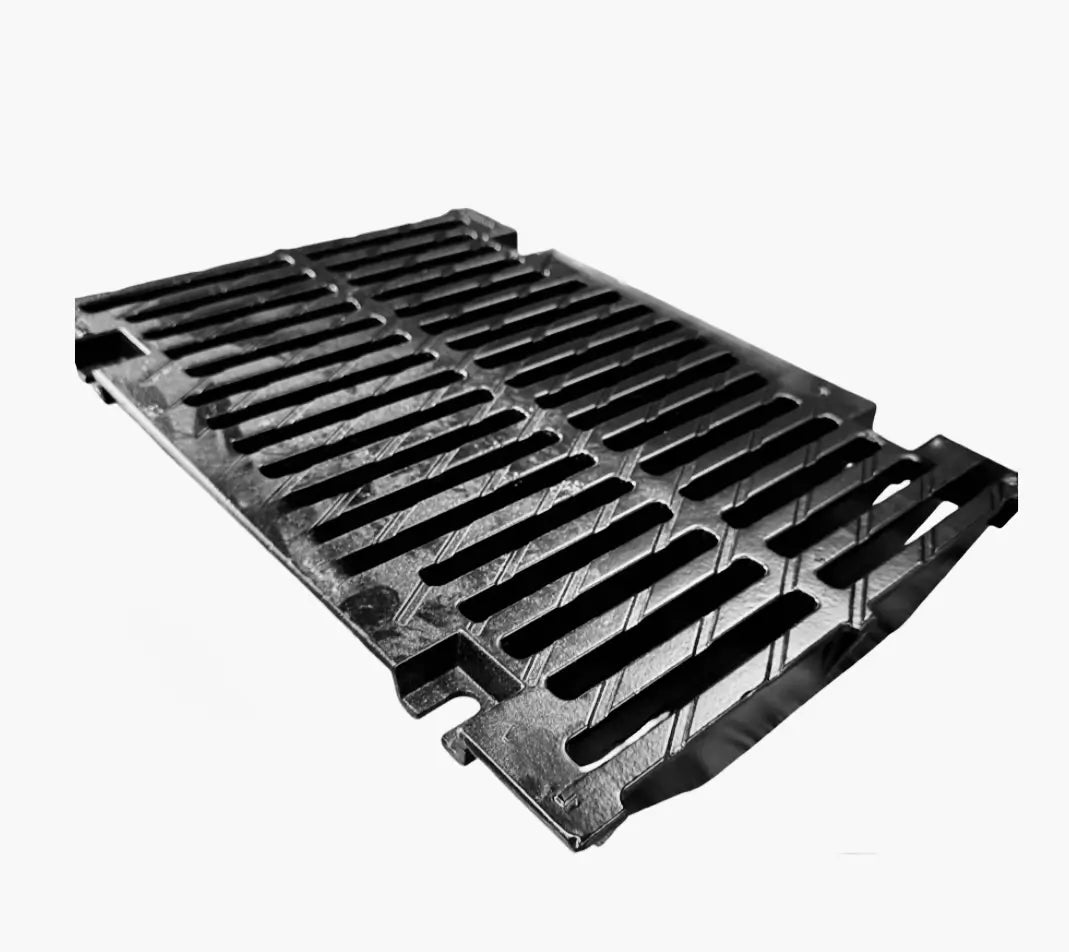
Loading Dock Trench Drains
Loading docks are among the most demanding drainage environments in any industrial or commercial facility. They are exposed to heavy truck traffic, frequent washdowns, oils, and debris. Without proper drainage, water accumulation can cause slips, corrosion, and structural damage. TrenchDrainCo trench drain systems are designed to perform under these extreme conditions — combining high load capacity, corrosion resistance, and easy maintenance to keep your loading docks safe, dry, and operational year-round.
Key Requirements
-
Load Rating
Typically E600 to F900, depending on traffic and dock configuration.
• Truck loading bays: E600 for semi-trailer and box truck traffic.
• Heavy freight or forklift ramps: F900 for high point loads and impact zones.
• Pedestrian or cart staging areas: C250–D400, integrated with main systems.
Trench drains must withstand repeated wheel impact, vibration, and thermal movement.
-
Material Durability
• Loading docks experience exposure to oil, fuel, and de-icing chemicals as well as temperature variation.
• Fiber-Reinforced Concrete (FRC) or Polymer Concrete channels for maximum strength and dimensional stability.
• Ductile-iron grates for F900 load-class performance.
• Galvanized or stainless steel edge rails for protection against chipping and corrosion.
• HDPE channels available for retrofit or lighter-duty service areas.
• Epoxy coatings or chemically resistant linings for areas prone to hydrocarbon exposure.
-
Site Conditions
• Loading dock slabs are typically sloped toward trench drains to prevent standing water near doors.
• Systems should connect to oil/water separators for compliance with EPA and local regulations.
• Drains must handle both surface runoff and washdown flow without clogging.
• Expansion joints should accommodate thermal movement between interior floors and exterior aprons.
• In colder climates, materials must withstand freeze–thaw cycles and de-icing salt exposure.
-
User Requirements
• High load capacity: Handle truck and forklift wheel loads without deformation.
• Safety: Slip-resistant, ADA-compliant grates in pedestrian access zones.
• Durability: Edge reinforcement and crack-resistant channels for long service life.
• Ease of maintenance: Removable grates and sediment baskets for debris management.
• Environmental protection: Integration with oil interceptors and stormwater management systems.
Recommended TrenchDrainCo Systems

TrenchDrainCo 300 Series
Heavy-duty fiber-reinforced concrete channels with ductile-iron grates — rated up to F900 for maximum load performance.

TrenchDrainCo LEO 1200
Ductile-iron grate system ideal for dock aprons, freight lanes, and drive-throughs.

TrenchDrainCo Model 600
Lightweight, corrosion-resistant system for service corridors and lighter-duty loading areas.

TrenchDrainCo Epoxy-Lined System
Polymer concrete channel with epoxy coating for chemical and fuel resistance in logistics facilities.

Engineering Notes
When designing trench drains for loading docks:
- Align trench drains at the base of dock ramps or between dock bays for maximum water collection.
- Verify system load class meets or exceeds expected axle weights (F900 recommended for heavy docks).
- Include sediment traps or catch basins at connection points for maintenance access.
- Connect drainage systems to oil/water separators to prevent hydrocarbon discharge.
- Design with a 1–2% slope toward the trench to eliminate pooling and reduce freeze hazards.
- In enclosed docks, use corrosion-resistant materials compatible with indoor air quality standards.

Keep your loading docks safe, compliant, and operational
Speak with a TrenchDrainCo engineer to design a heavy-duty trench drain system optimized for your dock layout and load requirements.
📞 Call us: 212-946-3798
📧 Email us: info@trenchdrainco.com







